Home>Home Maintenance>How To Use A Planter Without Drainage Holes
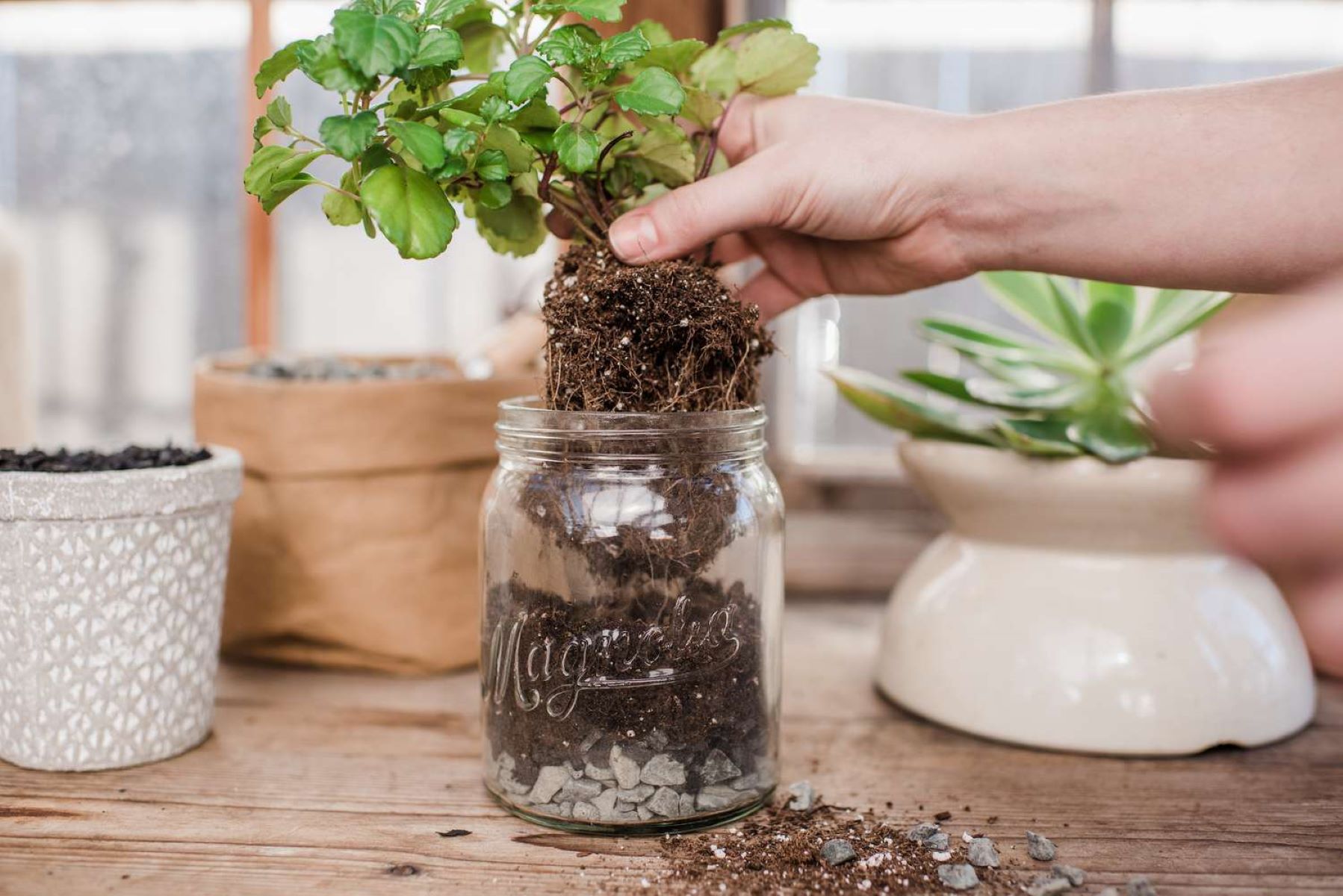

Home Maintenance
How To Use A Planter Without Drainage Holes
Modified: March 7, 2024
Learn how to effectively use a planter without drainage holes for your home-maintenance needs. Discover expert tips and techniques for successful plant care.
(Many of the links in this article redirect to a specific reviewed product. Your purchase of these products through affiliate links helps to generate commission for Storables.com, at no extra cost. Learn more)
Introduction
Welcome to our guide on how to use a planter without drainage holes. Many indoor and outdoor planters come with pre-drilled drainage holes, allowing excess water to escape and preventing waterlogged roots. However, there may be situations where you have a beautiful planter that doesn’t have any drainage holes, or you simply prefer the aesthetic of a planter without holes. While it’s preferable for plants to have proper drainage, with a few techniques and careful maintenance, you can successfully use a planter without drainage holes.
In this article, we will explore why you might choose to use a planter without drainage holes, the potential risks involved, and provide step-by-step instructions on how to use one. We will also suggest alternative methods for creating drainage in a planter without holes and share essential tips for maintaining your plants’ health in these containers.
Before we begin, it’s important to mention that using a planter without drainage holes requires extra attention and care to prevent overwatering your plants. Without proper drainage, excess water can accumulate in the bottom of the planter, leading to root rot and other potential problems. However, by following the instructions and tips in this guide, you can enjoy the versatility of using planters without drainage holes while keeping your plants thriving and healthy.
Key Takeaways:
- Using a planter without drainage holes can add elegance, but it requires extra care to prevent overwatering and root problems. Follow our guide to keep your plants thriving in these unique planters.
- Consider alternative options like drilling drainage holes or using a self-watering insert to ensure proper water flow in planters without drainage holes. With the right techniques, you can maintain healthy plants in any planter.
Why Use a Planter Without Drainage Holes
Using a planter without drainage holes may seem counterintuitive, as proper drainage is essential for maintaining healthy plants. However, there are a few reasons why you might choose to use a planter without drainage holes:
- Aesthetic appeal: One of the primary reasons people opt for planters without drainage holes is the visual appeal. These planters often have a sleek, modern design that adds a touch of elegance to any space. They can be used to create a more cohesive and polished look in your home or garden.
- Indoor use: If you plan to use the planter indoors and are concerned about water seeping onto furniture or flooring, using a planter without drainage holes can help minimize the risk of water damage.
- Simplicity: Some planters without drainage holes are self-watering or have water reservoirs at the bottom, making them a convenient option for people who prefer low-maintenance gardening.
While there are advantages to using planters without drainage holes, it’s crucial to understand the potential risks and take appropriate measures to ensure the health of your plants.
Next, we will discuss the potential risks associated with using planters without drainage holes and how to mitigate them.
Risks of Using a Planter Without Drainage Holes
Using a planter without drainage holes can pose some risks to the health of your plants. Without proper drainage, excess water can build up in the bottom of the planter, leading to several potential problems:
- Root rot: When the roots of your plants are constantly sitting in water, they may become waterlogged and suffocate. This can lead to root rot, a condition where the roots become diseased, turn brown or black, and eventually die off. Root rot inhibits the plant’s ability to absorb water and nutrients, ultimately leading to its decline.
- Fungal and bacterial diseases: Excess moisture in the planter can create a damp environment that promotes the growth of fungal and bacterial diseases. These diseases can lead to wilting, discoloration, stunted growth, and even death of your plants.
- Nutrient deficiencies: When water accumulates at the bottom of a planter without drainage holes, it can cause nutrients to leach out of the soil. As a result, your plants may suffer from nutrient deficiencies, affecting their overall health and vitality.
- Poor aeration: Proper drainage not only allows excess water to escape but also promotes good airflow throughout the root system. Without proper aeration, the root system can become oxygen-deprived, leading to root suffocation and poor plant growth.
It’s important to note that certain plants are more tolerant of sitting in water than others. Some plants that prefer moist environments, such as aquatic or bog-loving plants, can thrive in planters without drainage holes. However, most plants prefer well-draining soil to avoid the risks mentioned above.
To minimize these risks and ensure the well-being of your plants, there are several steps you can take when using a planter without drainage holes. We will discuss these steps in detail in the following section.
Materials Needed
Before you start using a planter without drainage holes, gather the following materials:
- A planter: Choose a planter without drainage holes that suits your style preferences and the size of your plant. Make sure it has a solid bottom to prevent water from seeping through.
- Potting soil: Use high-quality, well-draining potting soil specifically formulated for the type of plants you’ll be growing. Avoid using garden soil, as it tends to be heavy and may retain too much moisture.
- Gravel or pebbles: These materials can create a drainage layer at the bottom of the planter, helping to prevent the roots from sitting in stagnant water. You can choose to use either gravel or pebbles, depending on your preference and availability.
- Activated charcoal: Adding activated charcoal to the bottom of your planter can help absorb excess moisture and prevent odors. Look for activated charcoal pellets or granules at your local garden center.
- Saucer or tray: Having a saucer or tray underneath your planter can catch any drainage that may occur and protect your surfaces from water damage.
These simple materials will help you create a suitable environment for your plants in a planter without drainage holes. Now, let’s move on to the step-by-step process of using a planter without drainage holes.
To use a planter without drainage holes, place a layer of gravel or pebbles at the bottom to create a reservoir for excess water. Then, add a layer of activated charcoal to prevent mold and bacteria growth. Finally, use a well-draining potting mix and water sparingly to avoid waterlogging the roots.
Steps to Use a Planter Without Drainage Holes
Follow these steps to effectively use a planter without drainage holes:
- Create a drainage layer: Begin by adding a layer of gravel or pebbles to the bottom of the planter. This will help create a drainage space for excess water to collect, away from the roots.
- Add activated charcoal: Sprinkle a thin layer of activated charcoal on top of the drainage layer. This will help absorb any odors and keep the planter fresh.
- Fill the planter with potting soil: Fill the planter with your chosen potting soil, leaving enough space at the top to accommodate your plants.
- Select and plant your plants: Choose the appropriate plants for your planter and gently remove them from their nursery pots. Make a hole in the soil, place the plant in the hole, and gently press the soil around the roots to secure it in place. Repeat this process for all the plants you want to include.
- Water sparingly: Since the planter doesn’t have drainage holes, it’s important to water your plants sparingly. Pour water slowly and evenly, allowing the soil to absorb it. Be mindful not to overwater, as excess water can accumulate at the bottom and cause root problems.
- Maintain proper moisture levels: Monitor the moisture levels in the planter by occasionally checking the soil’s dampness. Stick your finger about an inch deep into the soil – if it feels dry, water your plants. If it still feels moist, hold off on watering until the soil dries out a bit.
- Empty excess water: If you notice a significant amount of water pooling at the bottom of the planter, carefully tilt the planter to pour out the excess water. Be cautious not to disturb the plants or cause soil erosion.
By following these steps, you can effectively use a planter without drainage holes while minimizing the risks of overwatering and root-related issues. However, there are alternative options available if you prefer a planter with proper drainage. Let’s explore those options in the next section.
Alternative Options for Drainage in a Planter Without Holes
If you prefer using a planter with proper drainage but still want to utilize a planter without holes, there are alternative options you can consider to ensure proper water drainage:
- Drill drainage holes: The most straightforward solution is to drill drainage holes in the bottom of your planter. Use a drill with a masonry or ceramic bit (depending on the material of your planter) and carefully drill a few holes evenly spaced across the bottom. This will allow excess water to escape and help maintain healthy root conditions.
- Double potting: Another option is to use a second pot with drainage holes inside the decorative planter. Place your potted plant with drainage holes into the decorative planter without holes. This way, any excess water that drains from the inner pot can be easily discarded, while still enjoying the aesthetic appeal of the outer planter.
- Remove excess water with a turkey baster or syringe: If you notice pooling water in your planter without drainage holes, you can carefully remove it using a turkey baster or syringe. Gently suction out the excess water to prevent waterlogging and root rot.
- Use a self-watering insert: Consider using a self-watering insert or liner designed for planters without drainage holes. These inserts have a reservoir at the bottom that can hold water and gradually release it to the roots as needed, reducing the risk of overwatering.
- Use a moisture meter: Invest in a moisture meter, a handy tool that provides accurate readings of the soil moisture level. This will help you determine when to water your plants and prevent overwatering in a planter without drainage holes.
These alternative options offer solutions for creating drainage and maintaining proper moisture levels in planters without drainage holes. Choose the method that best suits your preferences and the needs of your plants.
Now that you know how to address drainage concerns in a planter without holes, let’s move on to essential tips for maintaining plants in such containers.
Tips for Maintaining Plants in a Planter Without Drainage Holes
Maintaining plants in a planter without drainage holes requires extra attention and care to prevent overwatering and ensure the health of your plants. Here are some essential tips to keep in mind:
- Be mindful of watering: Water your plants sparingly and only when the soil is dry. Avoid the temptation to overwater, as excess water can accumulate at the bottom and cause root rot. Stick your finger into the soil to check its moisture level before watering.
- Use a well-draining potting mix: Choose a high-quality potting mix specifically designed for the type of plants you are growing. Well-draining potting soil ensures that excess water can flow through the soil and out of the planter more efficiently.
- Avoid water stagnation: Ensure that water doesn’t sit in the saucer or tray underneath the planter for an extended period. Empty any excess water to prevent the roots from sitting in standing water, which can lead to root rot and other problems.
- Monitor humidity levels: Plants in planters without drainage holes may be more susceptible to increased humidity levels. Keep an eye on the humidity in the surrounding area and consider using a dehumidifier or providing adequate airflow to prevent moisture-related issues.
- Provide proper ventilation: Good airflow is crucial for preventing root suffocation and maintaining healthy plants. Place your planter in an area with adequate air circulation, or consider using a fan to promote air movement around the plant.
- Choose appropriate plants: Certain plants are more tolerant of sitting in water than others. Select plants that are suitable for a planter without drainage holes, such as those that prefer moist soil or have adapted to grow in waterlogged conditions.
- Monitor plant health: Regularly inspect your plants for any signs of stress or disease. Look out for wilting, yellowing leaves, or mold growth, as these may indicate overwatering or poor drainage. Take prompt action to address any issues that arise.
By following these tips, you can maintain healthy plants in a planter without drainage holes. Remember that each plant has its own unique watering requirements, so it’s essential to understand the needs of your specific plants and adjust your care routine accordingly.
Now that you have a better understanding of how to maintain plants in a planter without drainage holes, you can confidently explore a variety of planters while keeping your plants thriving.
Conclusion
Using a planter without drainage holes can add a touch of elegance and uniqueness to your indoor or outdoor space. While proper drainage is essential for plant health, with the right techniques and care, you can successfully use a planter without drainage holes.
In this guide, we discussed the reasons why you might choose to use a planter without drainage holes, as well as the risks involved. We provided step-by-step instructions on how to use a planter without drainage holes, including creating a drainage layer and taking precautions to prevent overwatering and root problems.
Additionally, we explored alternative options like drilling drainage holes, using a double potting method, or utilizing self-watering inserts to ensure proper water flow and prevent water accumulation in the bottom of the planter.
Lastly, we offered essential tips for maintaining plants in a planter without drainage holes. These tips include being mindful of watering, using well-draining potting mix, monitoring humidity levels, and selecting appropriate plants for the specific conditions of your planter.
Remember, while using a planter without drainage holes requires extra attention, it is still possible to keep your plants thriving and healthy. By following the guidelines and using the suggestions provided in this guide, you can enjoy the aesthetic appeal of a planter without holes while maintaining the well-being of your plants.
So go ahead and explore the wide variety of planters available, unleash your creativity, and create stunning displays with your favorite plants, even in containers without drainage holes!
Frequently Asked Questions about How To Use A Planter Without Drainage Holes
Was this page helpful?
At Storables.com, we guarantee accurate and reliable information. Our content, validated by Expert Board Contributors, is crafted following stringent Editorial Policies. We're committed to providing you with well-researched, expert-backed insights for all your informational needs.
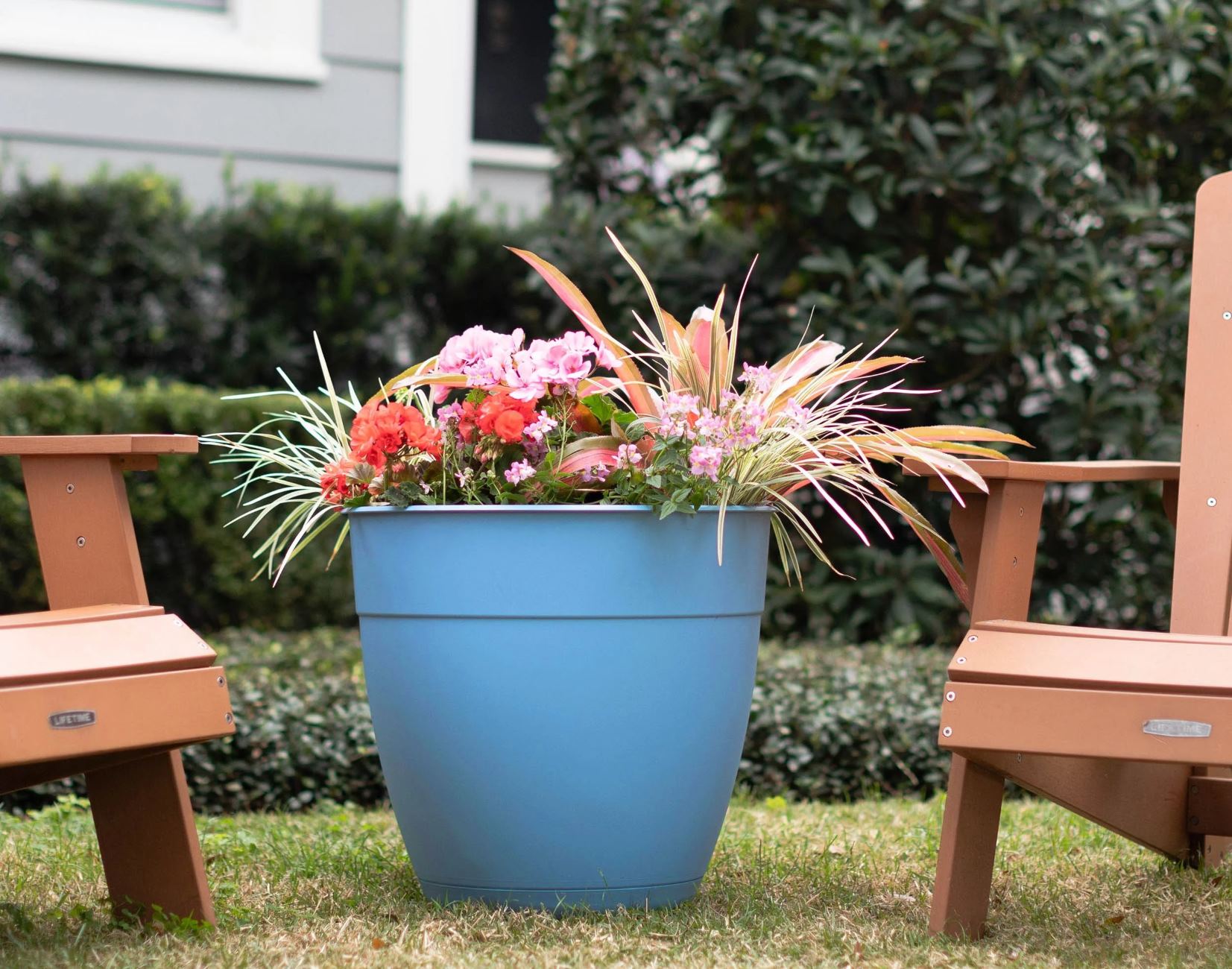
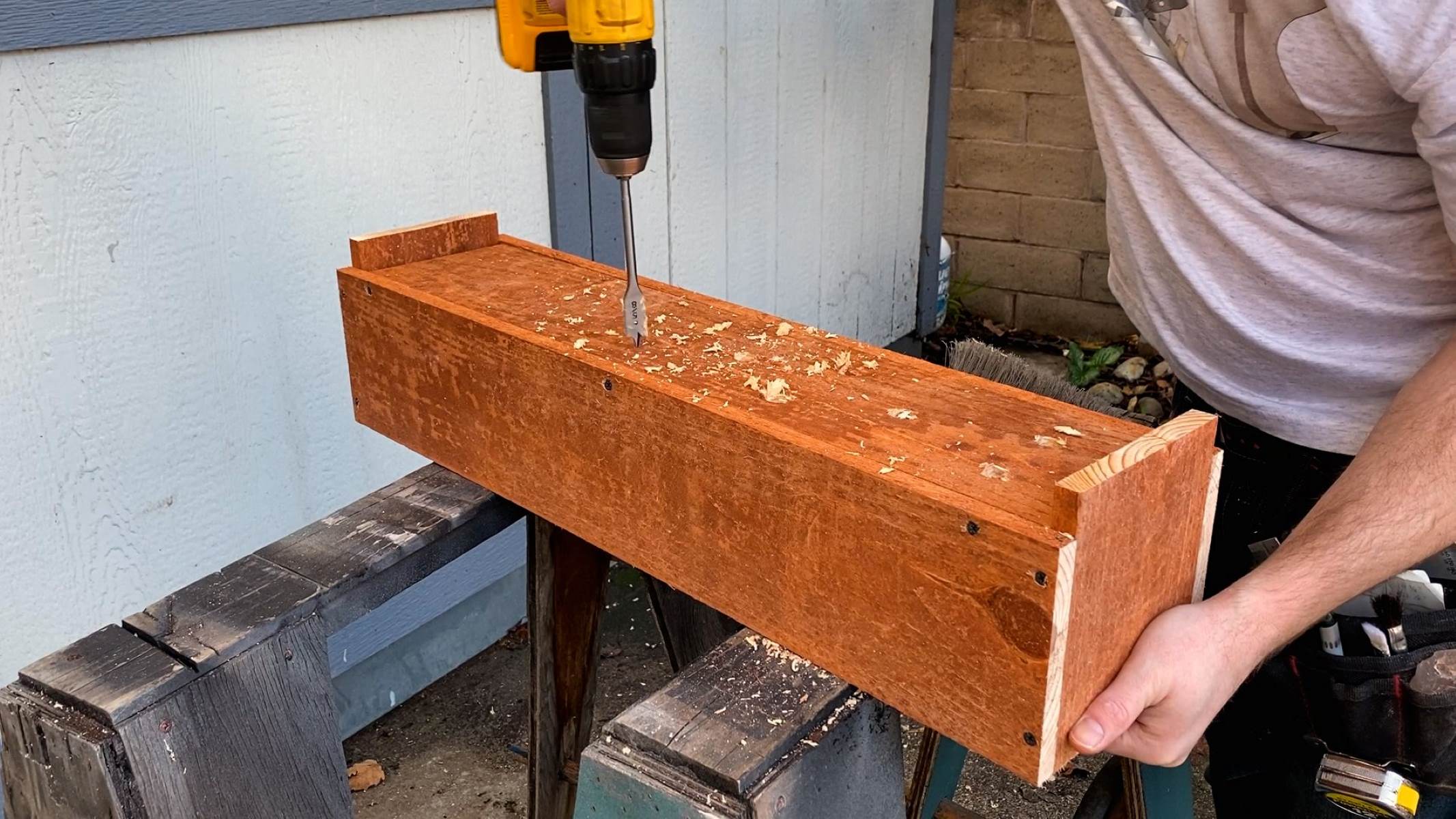
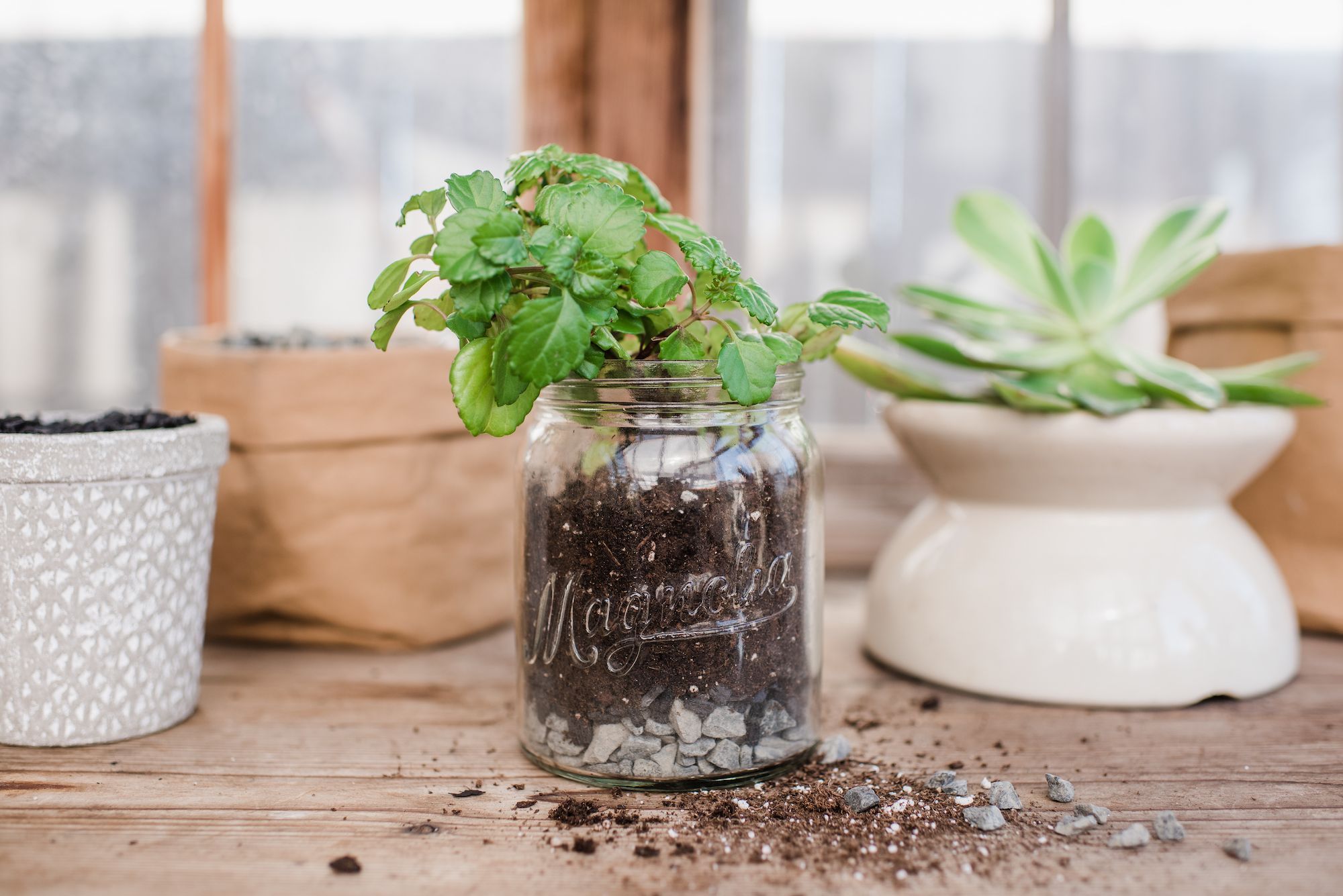
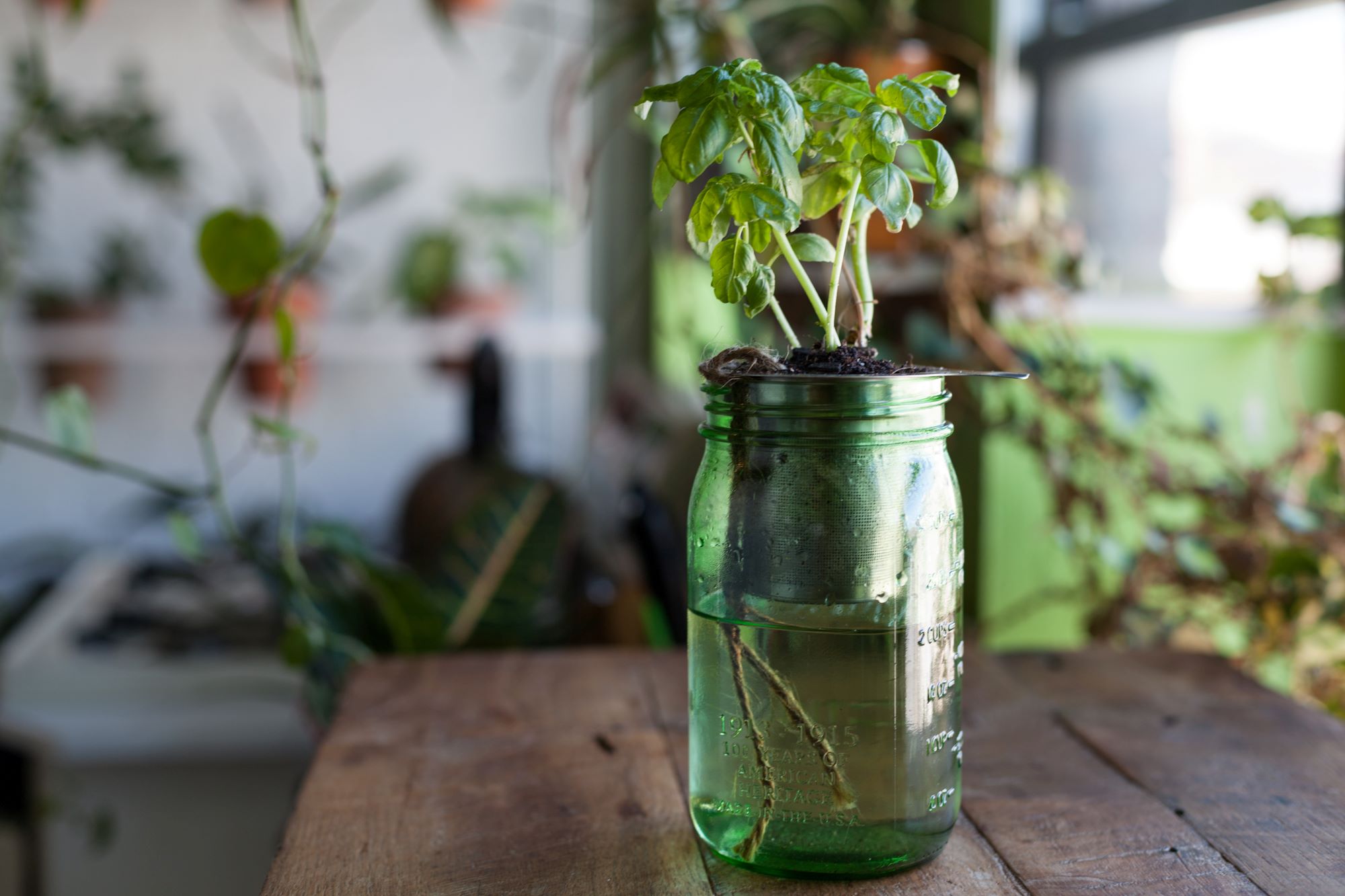
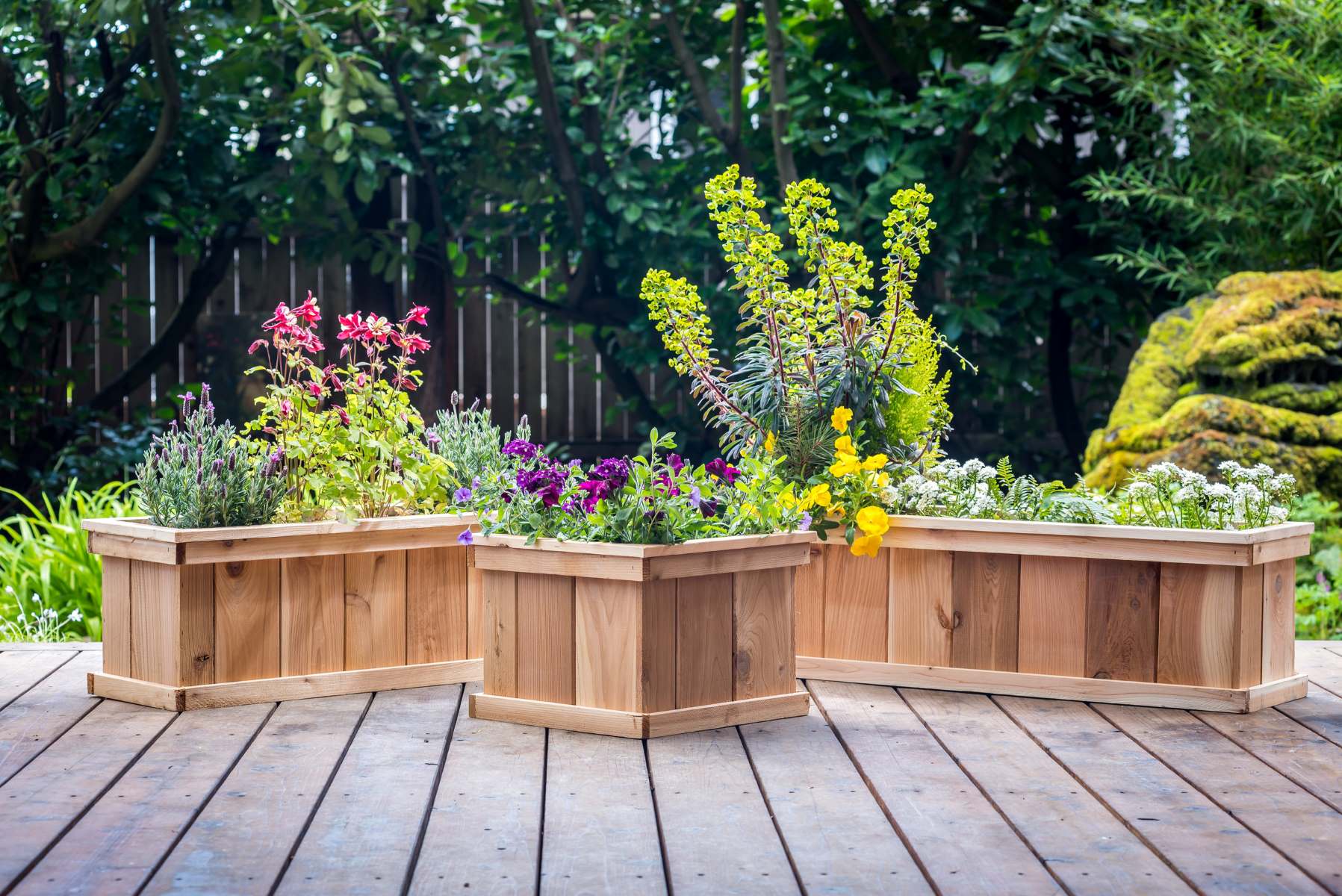
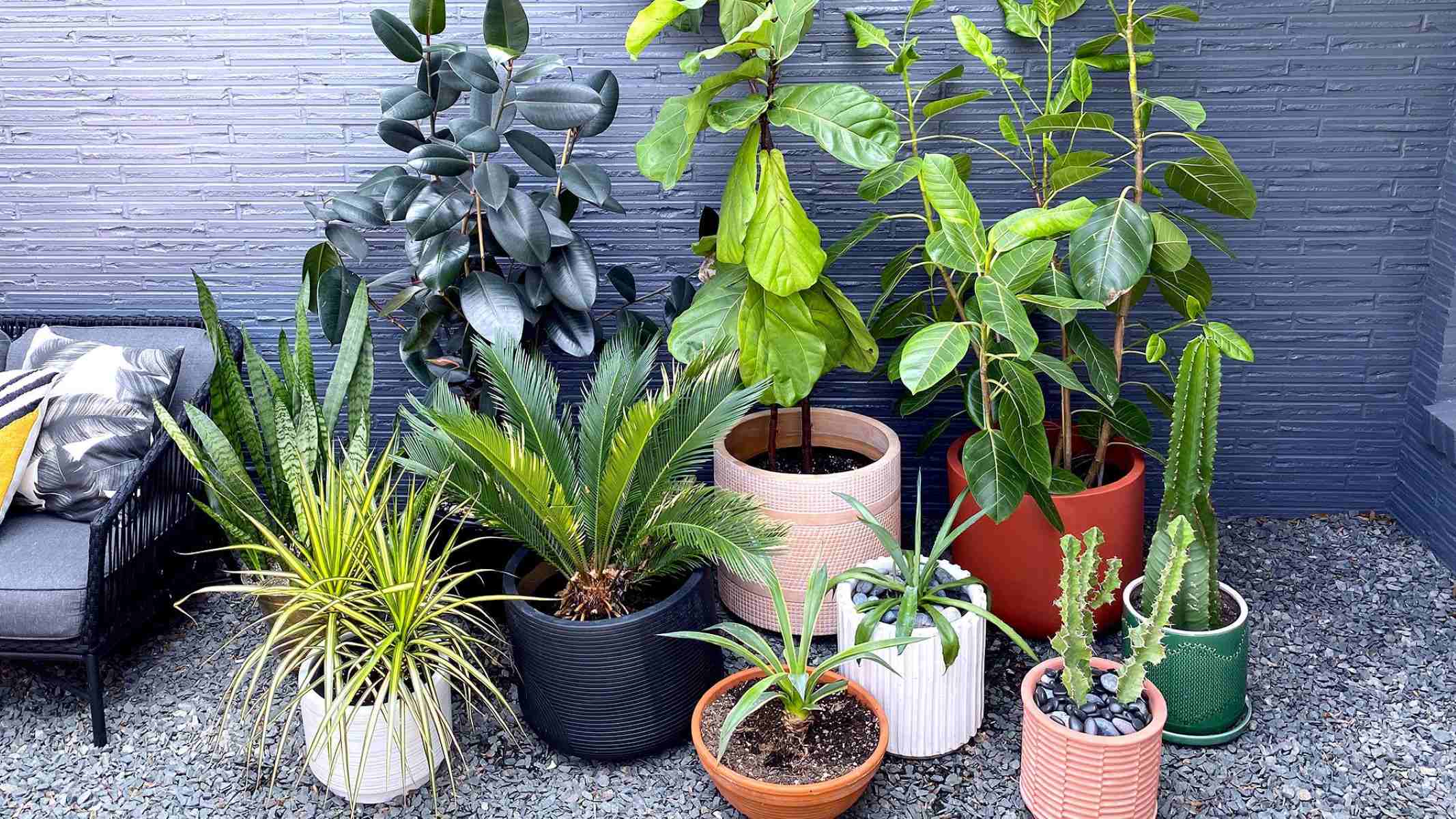
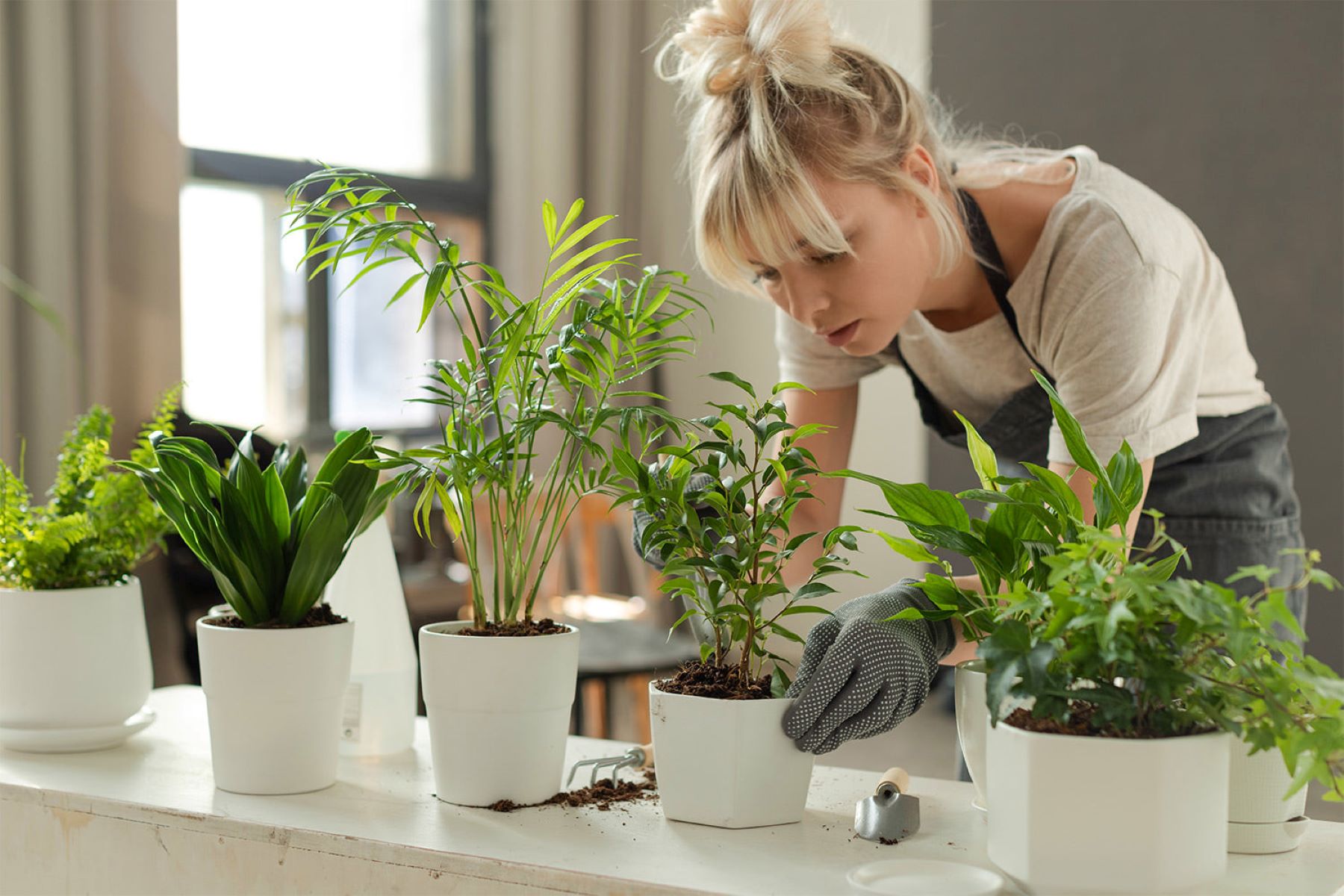
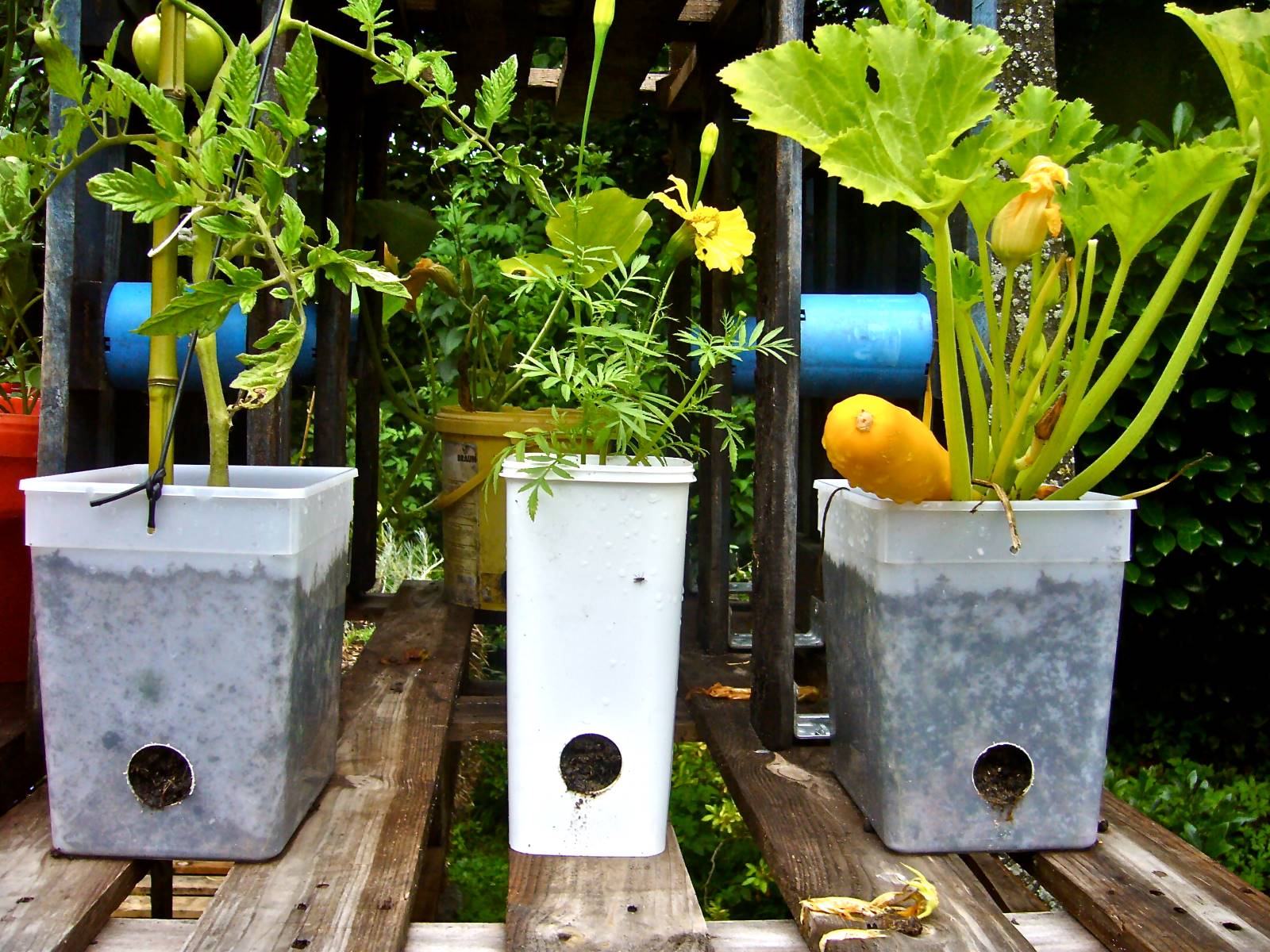
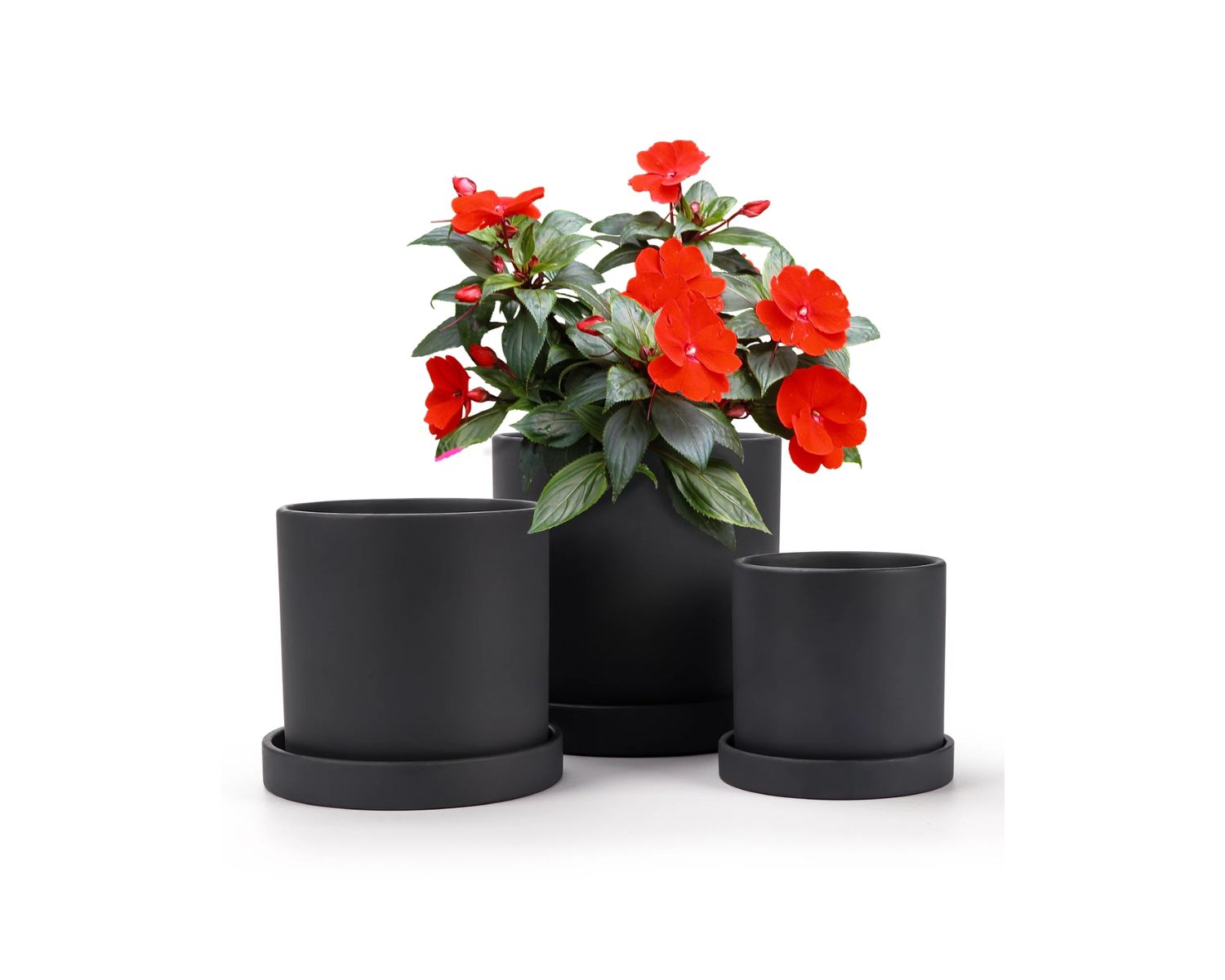
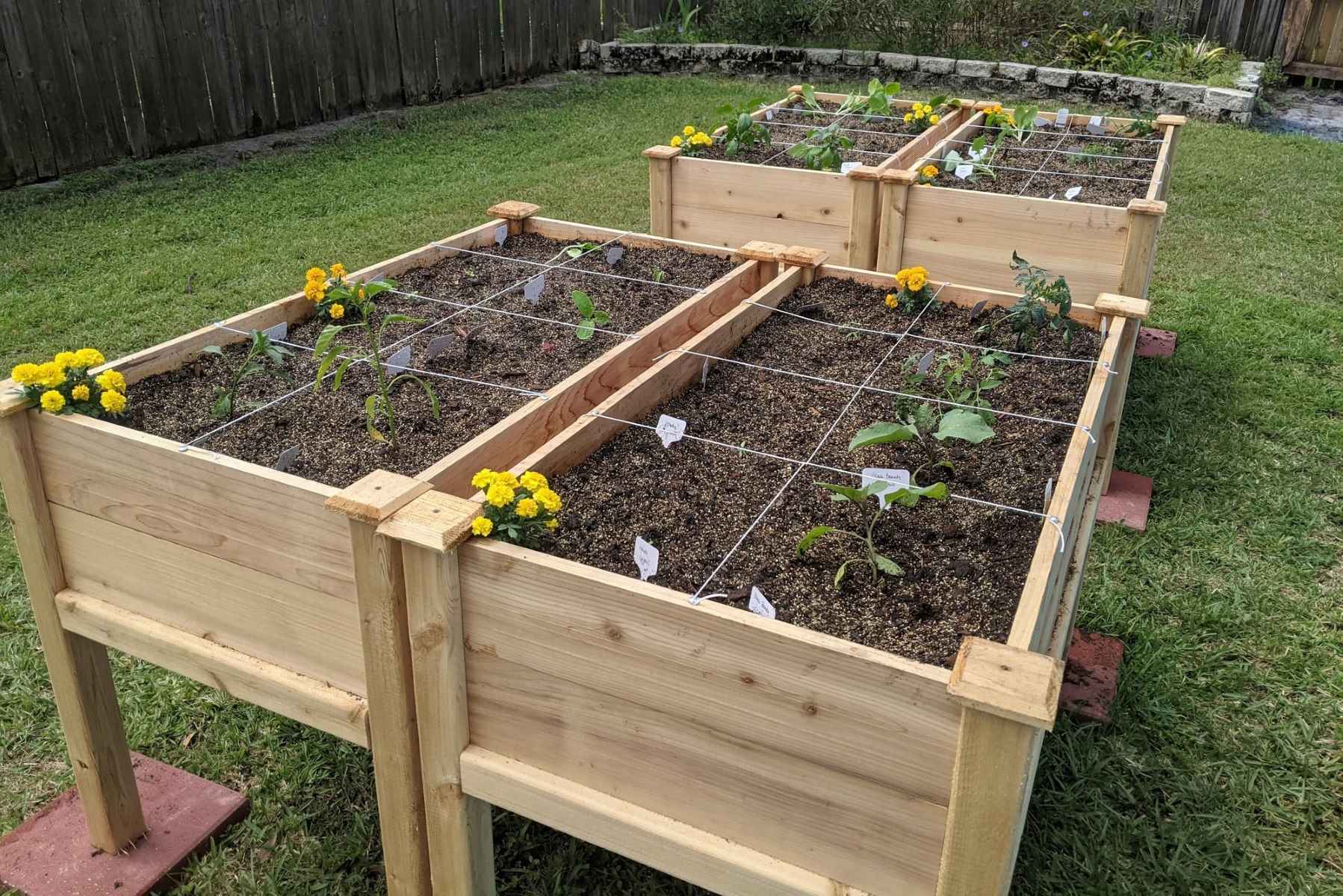
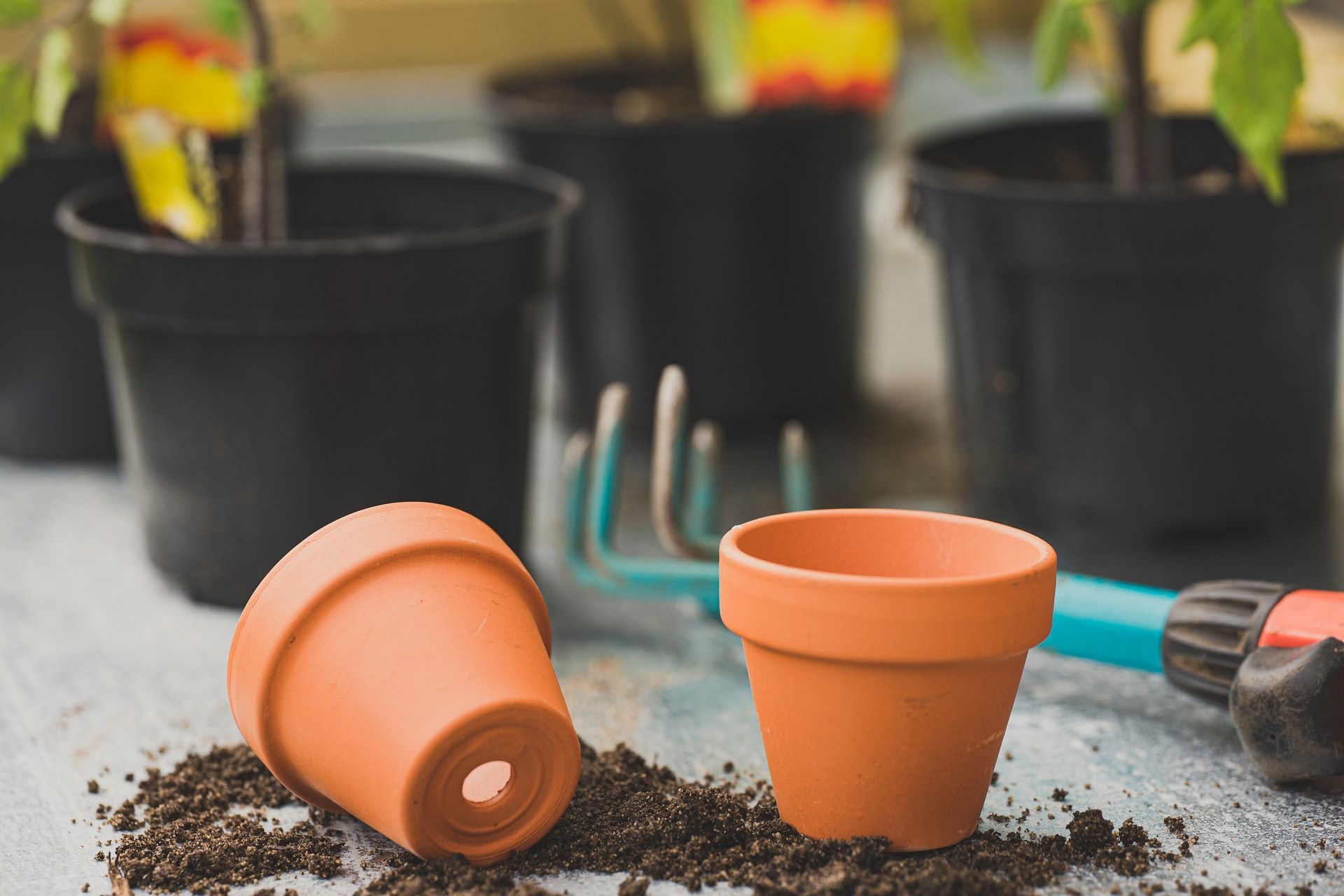
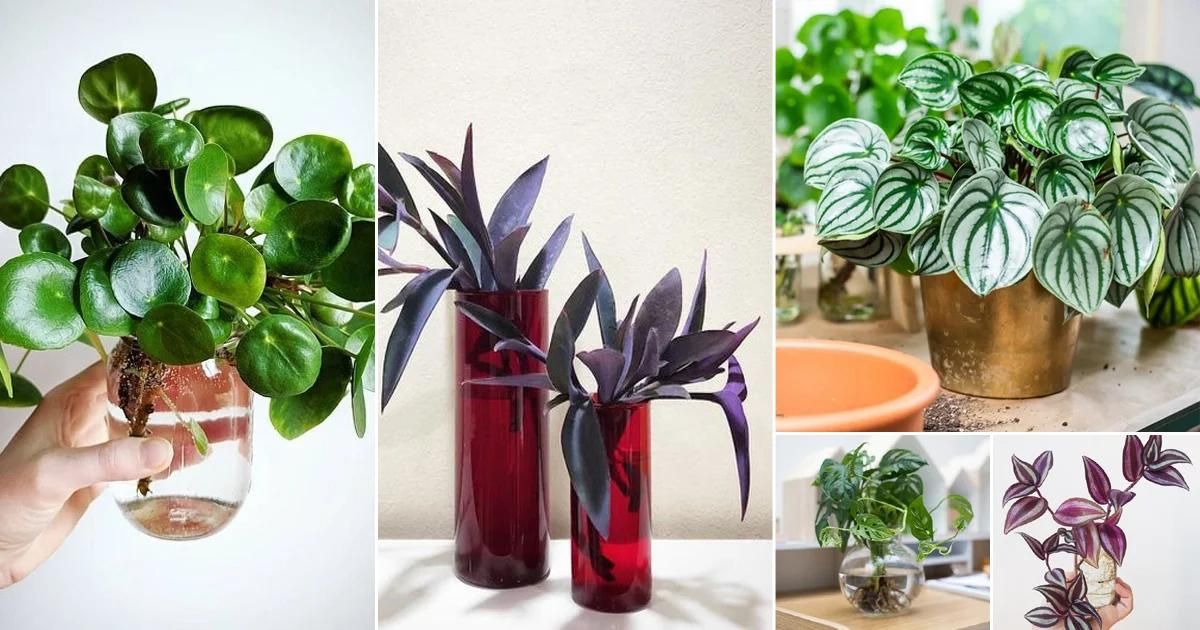
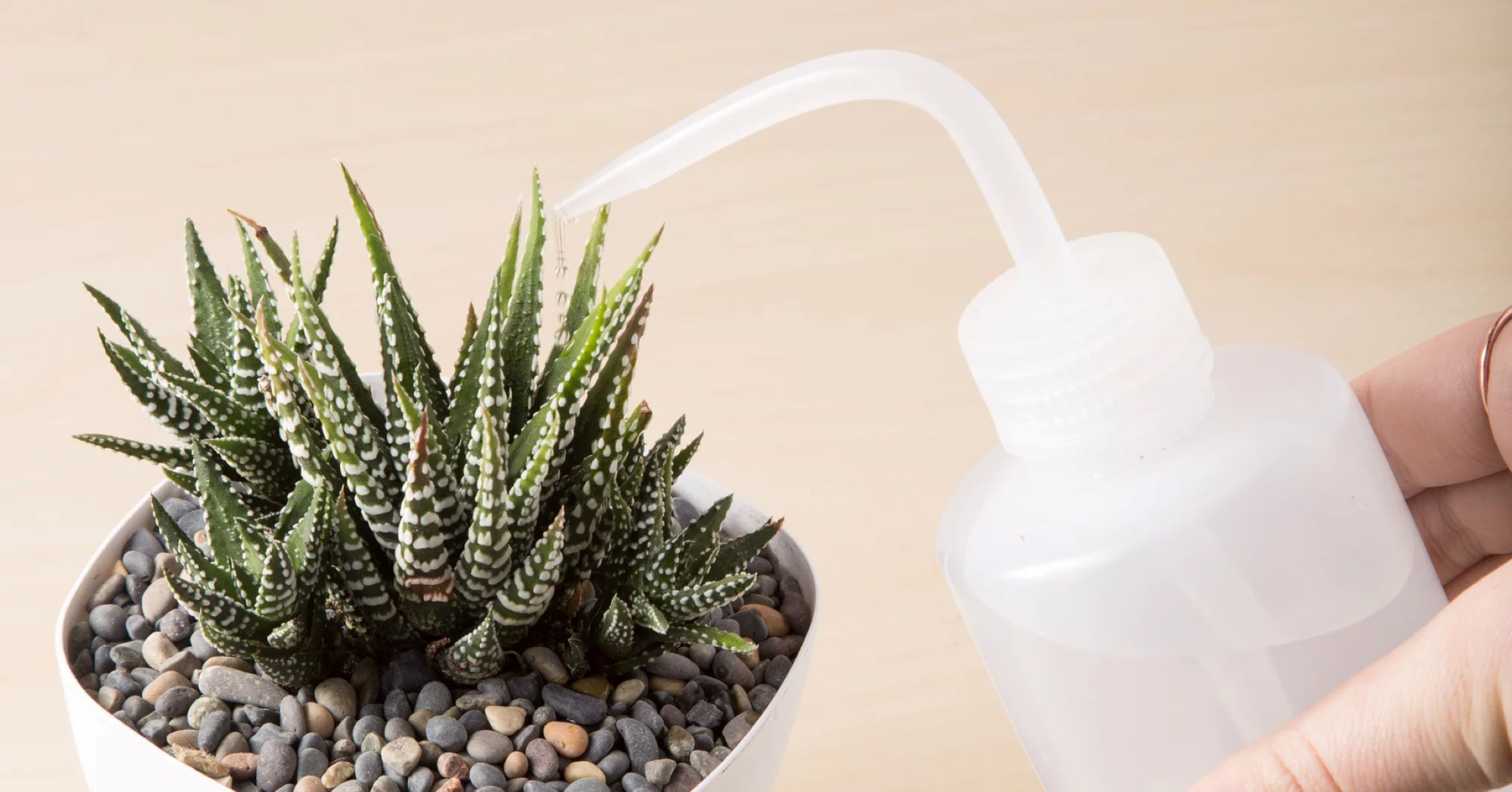
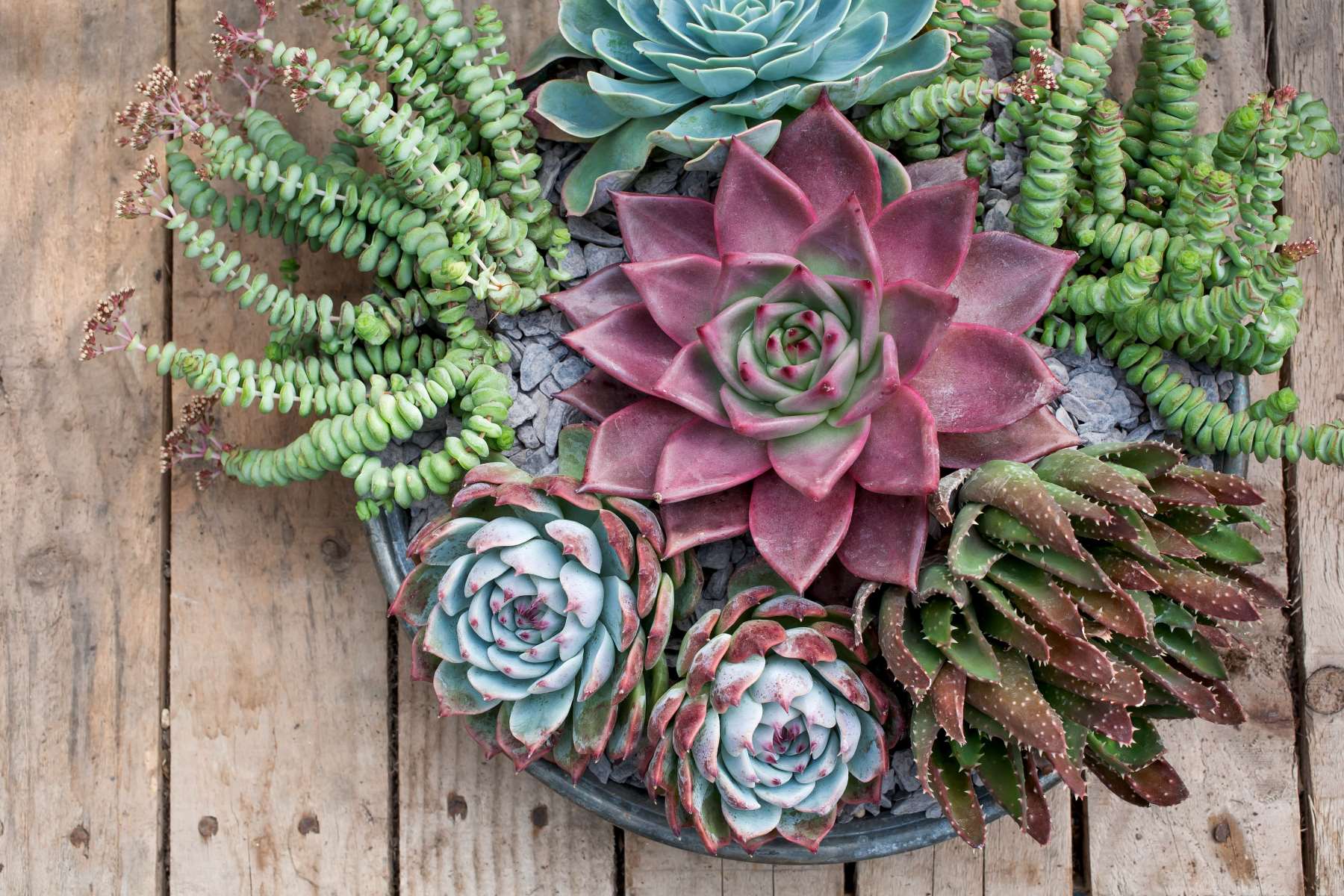

0 thoughts on “How To Use A Planter Without Drainage Holes”